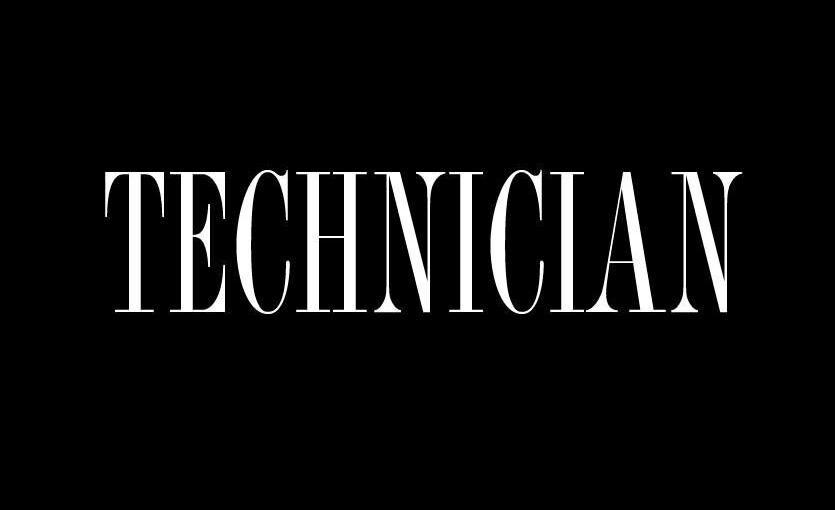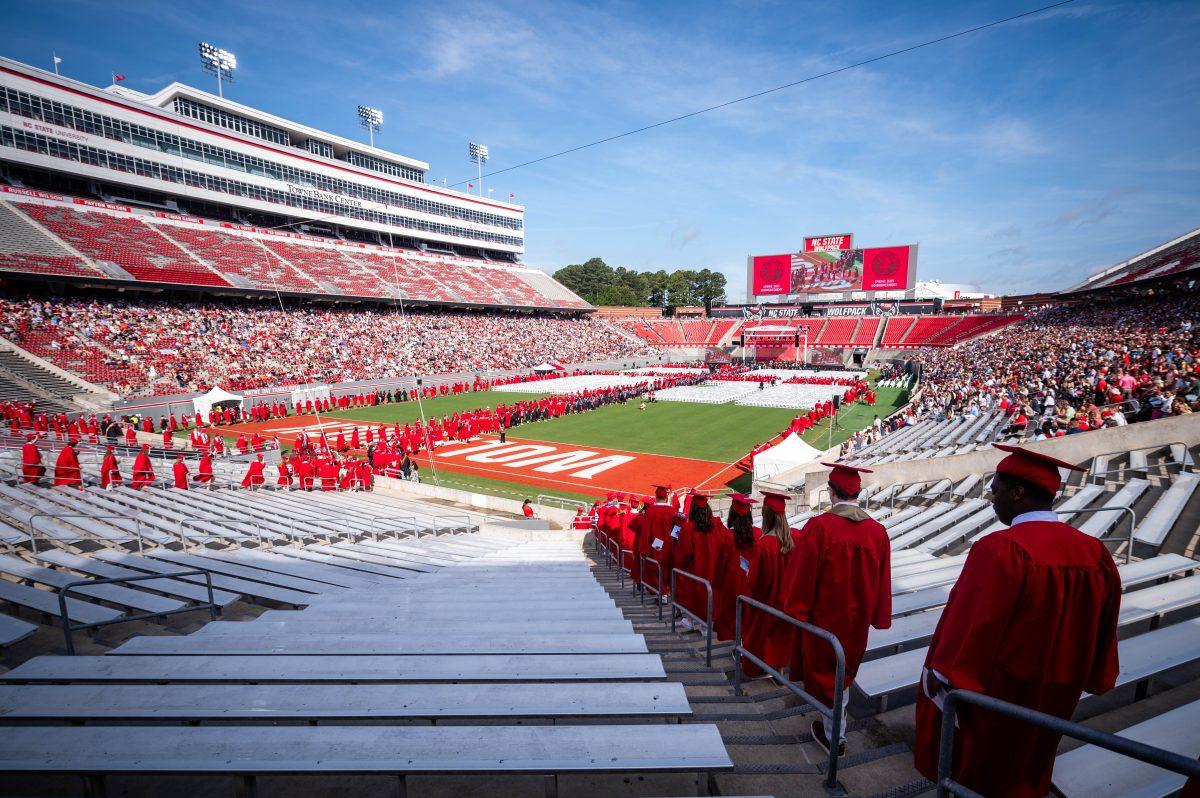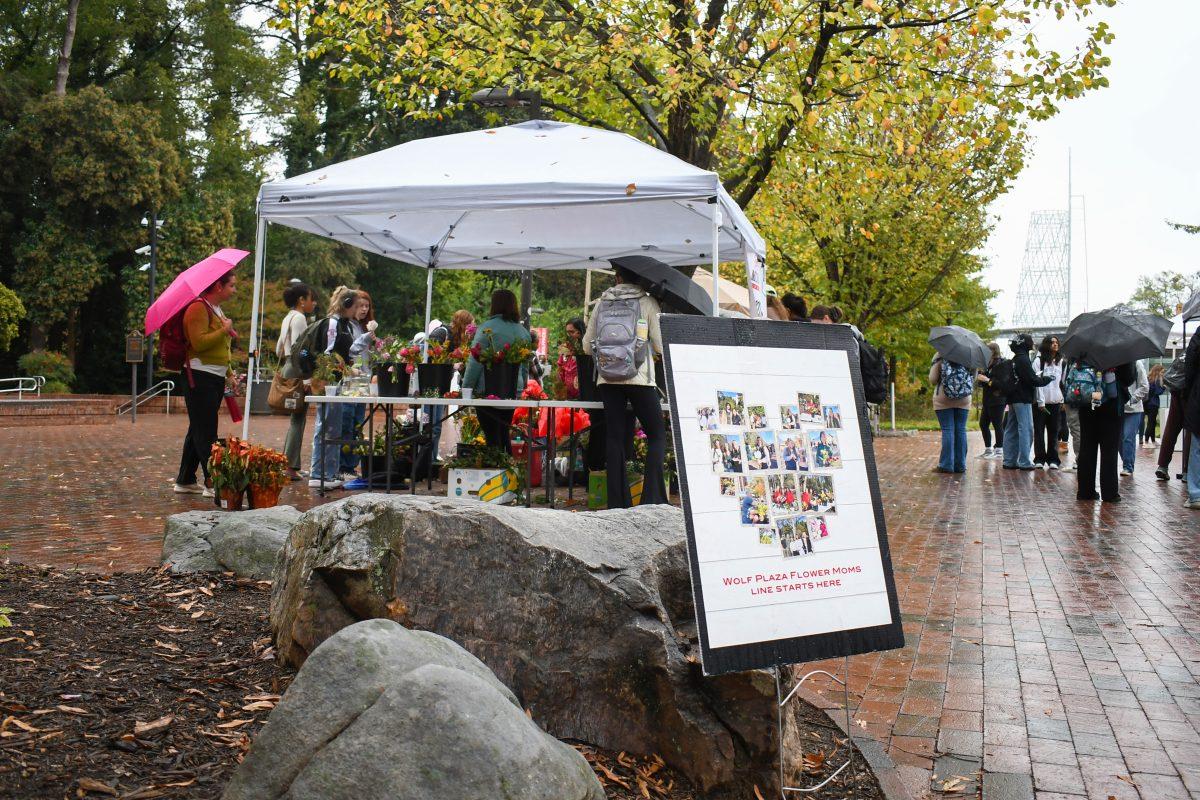What does a candy bar, steak and cold Coca-Cola have in common? Here’s a hint, it reveals itself most commonly and honestly in movie theaters and campfires: corn.
Called “corn” by many and “maize” by Native Americans and Pilgrims, Zea Mays—the scientific name—composes many unlikely foods such as the mentioned candy, meat and soft drink, all of which neither tastes nor looks like corn.
To understand how corn exists in these products, it’s important to understand the bond between corn and Americans.
Guardians of Corn
Zea mays is a cultivated crop that was raised and nurtured by Native Americans. The Iroquois called it a name that translates as, “our life,” or “it sustains us,” which is ironic because with out the help of humans, corn wouldn’t survive.
Corn’s ancestor is a wild grass called teosinte and it was lower to the ground, deliquescent, or branched out, and instead of having the seeds housed inside a husk, they were exposed, similar to wheat or barley. This allowed the plant, which is also self pollinating or able to have sex with itself, to reproduce with out help because pollinated seeds could drop to the ground and sprout.
Today’s variety of corn and what the Native American’s grew has evolved in such a way that with out the help of hands to pull the shucks and thumbs to dislodge the kernels, corn simply wouldn’t make it.
Michael Pollan, a science writer for the New York Times Magazine and professor at University of California Berkley, wrote in his book, “The Omnivore’s Dilemma,” “Plant a whole corncob and watch what happens: If any of the kernels manage to germinate, and then work their way free of the smothering husk, they will invariably crowd themselves to death before their second set of leaves has emerged.”
Essentially with out humans to be the guardians of corn, the plant as it is known today would die out, so in that sense, corn is the darling of humans, a pet and a favorite.
Miracle crop?
One reason that corn became such a popular choice is because of its miraculous ability to make so much food with such little land; one corncob equals much more food than one bean pod.
With corn making its debut early on in American History and becoming an icon for American cuisine, it is no wonder it has been used and exploited.
Corn, in its ability to be manipulated, does a number of things for humans. It hybridizes easily, creating the conundrum of patenting, and it can be convinced in laboratories to make things like: adhesives, aluminum, antibiotics, cars, batteries, beer, candy, cosmetics, jellies, ketchup, cardboard, shoe polish, vegetable wax, toothpaste, whiskey and the villainized high fructose corn syrup.
It is nothing short of amazing what corn can do or be made into because of it’s versatility; however, the effect of such versatility is exactly what makes corn dangerous.
The burden placed on our land
Because corn is used in so many different products including food and other, the demand for corn is high, not to mention the amount of corn that America exports.
With high demand, farmers plant as much corn as they possibly can, especially in the mid-west, Iowa being the largest corn producing state. Iowacorn.com boasts that it produces three times as much corn annually than some countries like Argentina.
That fact seems a bit unbalanced and with some further investigation, it is.
As mentioned earlier, corn’s ability to be hybridized has been one of its greatest assets for humans because it has allowed us to manipulate the crop into something that fits different climates and problems, like drought, bugs, and disease.
However, with hybridization come complications.
The first group of hybrids, known as F1 hybrids are superstars, creating a higher yield than either of its parents. The F1 series of plants are also genetic clones of each other, meaning since every corn plant is exactly the same, there is no advantage in one plant or another.
This means that kernels can be planted closer together– meaning more plants per acre, equaling more money per acre– because they will not compete, as their genetic code doesn’t allow for it. Basically, no matter what, one plant can’t do better than the other, unless something outside the control of the plant happens like one being planted beneath the shade of a tree versus one being planted in full sun.
The only catch to these yields are that they need something in addition to their improved genetics: nitrogen.
Nitrogen before the 1950s was acquired largely by way of legume roots which “fix” nitrogen from the air. Once synthetic fertilizers came into the scene and were used on hybrid corn crops, farmers found that their yields were far beyond anything they had accomplished before.
Agriculture went from using the air—21% oxygen and 79% nitrogen—to using fossil fuels, which make synthetic fertilizer. With the use of synthetic fertilizers, farm systems changed.
Now able to grow corn crops back to back in the same field versus before having to rotate the field with a nitrogen-fixing legume like soybeans, farmers were able to supplement the land with fertilizer; however, as always, there was an environmental backlash.
Run off from fertilizers have long been a concern; however, something in addition to fertilizer run off is the problem of erosion and soil loss. With increased use of land, made possible by the “benefit” of synthetic fertilizer, the land becomes poorer in quality, much like an old t-shirt that has been washed to the point of being threadbare.
Hybrids and patents
With hybridized corn having higher yields than conventional corn, farmers have all but switched to those varieties. Some of the providers are Garst, Pioneer, Dekalb and Monsanto.
Those suppliers sale varieties that are bred to protect against certain diseases and pests. The moral and ethical questions of altering plant genes are one thing, but scientifically and monetarily there are strict guidelines for hybrids.
For example, Monsanto sales “Round Up Ready” corn whose genetic code the company owns. When sold to a farmer, the farmer must agree to not keep any of the seed for next years crop because doing so would render the farmer a thief as they would be stealing, or taking genetic material they do not own and using it. If farmers are caught saving seed and reusing it, like they use to before hybrid corn, they will be turned in and have their purchasing privileges taken away.
“I thought it was pretty wild that the companies would try and limit farmers,” Matthew Holt, a senior in landscape architecture, who watched the film “Food Inc.” shown at Campus Cinema two weekends ago.
“Those companies basically create a monopoly on the whole seed industry…it’s a classic tale of the big guy telling the little guy what to do,” Holt said.
The perfect corn-storm
Now that it’s understood how and why corn is everywhere, it’s important to understand why it is so cheap. With so much corn being grown there is serious concern for fluctuating prices and the government backs farmers with what’s known as subsidies. These subsidies help make up for the price at which corn is sold because the selling price is always beneath production cost. Without help from the government, farmers would have negatives in their bank accounts; however, since America needs these farmers, as do the countries who import from America, the government keeps the market stable with income supplements.
With corn so cheap and so plentiful, thanks to hybrids, synthetic fertilizer, and subsidies, cattle companies find it profitable to feed it to their livestock instead of letting them graze on grass, which promotes even more problems that will be highlighted in a later article.
Since corn is cheap and is fed to cattle, it makes meat prices lower, making it easier for people to buy and demand more, which creates a higher demand for corn and so on; it is a vicious cycle. Not to mention, corn makes bovines more flatulent than when fed grass, and that creates higher emissions of methane, a greenhouse gas.
In addition to its cheap price, remember corn is extremely easy to modify, from which one of the most inexpensive taste wonders was created: high fructose corn syrup.
That particular substance has been added to many products, mainly things considered junk food, like candy bars and Pop-Tarts and in doing so, make those products extremely inexpensive, and in most cases less expensive than healthy things like vegetables.
Corn fed through and through
With corn being one of the largest subsidized crops in America and it being so cheap, corn has made its way into everything. As basic ecology points out, any time biodiversity is reduced, problems are bound to occur, and they have in the situation of corn.
Soils are being depleted in the mid-west, run off is affecting the Gulf Stream and there is a huge dead spot where nothing grows or lives, according to Will Hooker, a professor in Horticulture Science. Cows that evolved to eat grass are now being fed cheap corn and it affects the enzymes in their stomachs.
According to Pollan, if feedlot cows were allowed to graze on grass for only a few days before being sent to slaughter their stomachs would shed excess E. Coli, a symptom of corn fed cattle.
Soils, run off, E. Coli and lastly obesity are things that are affecting America in serious ways. Corn is a huge problem as it is a means to an end for a cheap food system; however, it isn’t that corn itself is bad, but how it is used.
The old saying, “You get what you pay for,” seems to capture America’s food system; cheap food equals cheap health and satisfaction.







